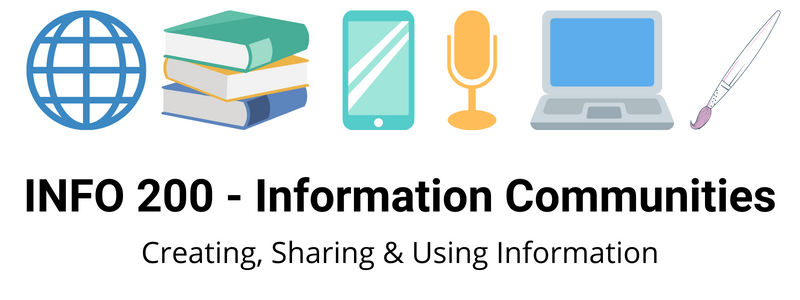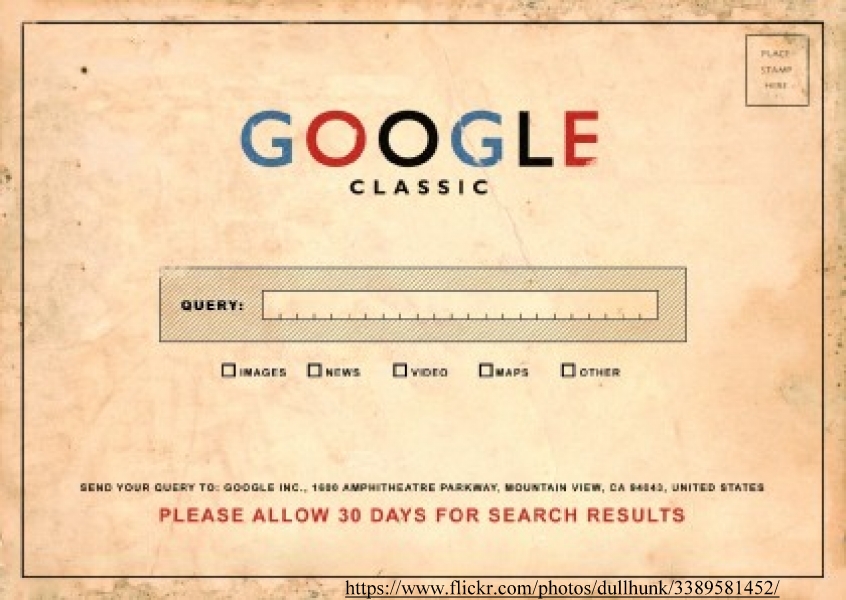Module Two: Information Seeking Behavior
Information – creation, accession, consumption, and dissemination – pervades everything we do and is a foundational characteristic of information communities. From studying the information seeking behaviors of varied and diverse populations to analyzing information activities in online settings, the importance of the exchange is foundational to understanding libraries, emerging information technologies and design, and the management of knowledge in organizations. Many researchers have explored various ways in which people interact with information. Theories of information behavior, such as those by Erdelez (1999), and various theories highlighted in Fisher, K. E., Erdelez, S., & McKechnie, L. (2005), illuminate the process of seeking, gathering, encountering, and utilizing information. Libraries, in turn, respond with user-focused services and access.
Lecture: (Panopto Link): https://sjsu-ischool.hosted.panopto.com/Panopto/Pages/Viewer.aspx?id=c0a01832-96a6-4b78-9800-4e0616e4a05b
Video File: Download Video Podcast
Audio File: Download Audio Podcast
Things to Read:
Note: Some of the articles you will be reading this term were published years ago (sometimes decades ago!), but because they are foundational pieces, and because this is a foundational class, we are assigning them so that you know the important articles in our field to which many more recent articles will refer.
Bates, M. (2010). Information behavior In Encyclopedia of Library and Information Sciences, 3rd Ed. Marcia J. Bates and Mary Niles Maack, Eds. New York: CRC Press, vol. 3, pp. 2381-2391. Retrieved from https://pages.gseis.ucla.edu/faculty/bates/articles/information-behavior.html
Erdelez, S. (1999). Information encountering: It’s more than just bumping into information. Bulletin of the American Society for Information Science 25(3). Retrieved from http://libaccess.sjlibrary.org/login?url=http://dx.doi.org/10.1002/bult.118
Hartel, J., Fox, A. M., & Griffin, B. L. (2016). Information activity in serious leisure. Information Research 21(4). Retrieved from http://www.informationr.net/ir/21-4/paper728.html
Kuhlthau, C. C. (1991). Inside the search process: Information seeking from the user’s perspective. Journal of the American Society for Information Science, 42(5), 361-371. Retrieved from http://libaccess.sjlibrary.org/login?url=http://search.ebscohost.com/login.aspx?direct=true&db=bth&AN=16734380&site=ehost-live&scope=site
Wilson, T. D. (2000). Human information behavior. Informing Science, 3(2). http://www.inform.nu/Articles/Vol3/v3n2p49-56.pdf
Things to Explore:
Bates, M. (2010). Information In Encyclopedia of Library and Information Sciences, 3rd Ed. Marcia J. Bates and Mary Niles Maack, Eds. New York: CRC Press, vol. 3, pp. 2347-2360. Retrieved from https://pages.gseis.ucla.edu/faculty/bates/articles/information.html
References:
Burnett, Gary (2000) Information exchange in virtual communities: A typology. Information Research, 5(4). Retrieved from http://informationr.net/ir/5-4/paper82.html
Erdelez, S. (1999). Information encountering: It’s more than bumping into information. Bulletin of the American Society for Information Science, 25(3).
Fisher, K. E., Erdelez, S., & McKechnie, L. (2005). Theories of information behavior. Medford, NJ: Information Today, Inc.
Five Laws of Library Science. https://en.wikipedia.org/wiki/Five_laws_of_library_science

